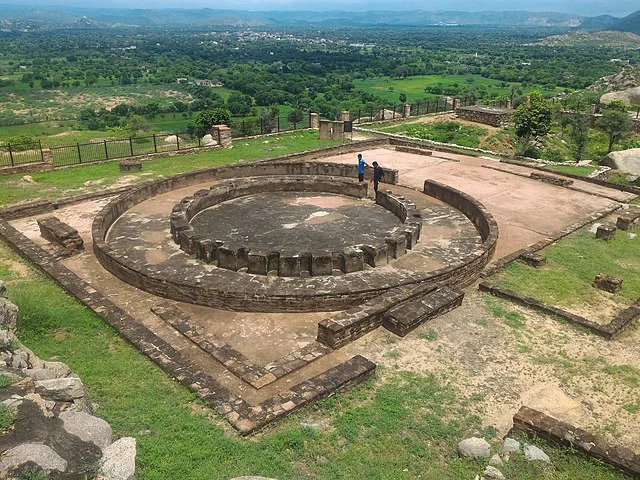Bairat Temple, also known as the Bijak-ki-Pahadi temple, is one of the earliest surviving Buddhist structures in India. It dates back to the 3rd century BC, during the reign of Emperor Ashoka of the Maurya dynasty. This ancient temple is located in Bairat, Rajasthan, and holds historical importance due to its connection to early Buddhist architecture.
Get your dose of History via Email
Historical Background
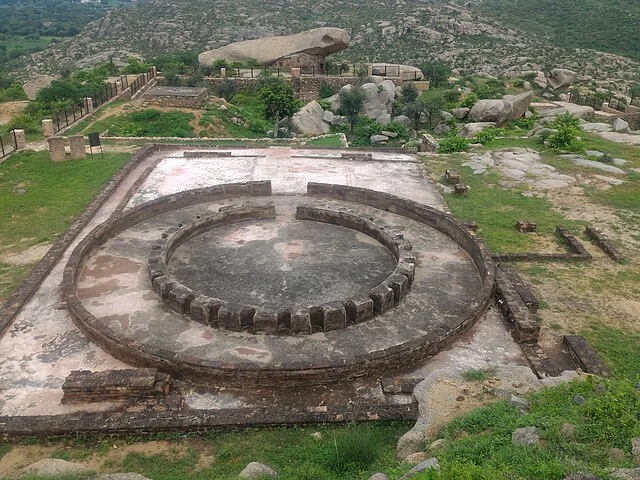
The Bairat Temple was built during Ashoka’s reign, a time when Buddhism was spreading across India. Ashoka, a staunch supporter of Buddhism after his conversion, commissioned numerous Buddhist stupas, temples, and monuments across his empire. The Bairat Temple is one such example, reflecting the early architectural style used for Buddhist worship.
Architecture
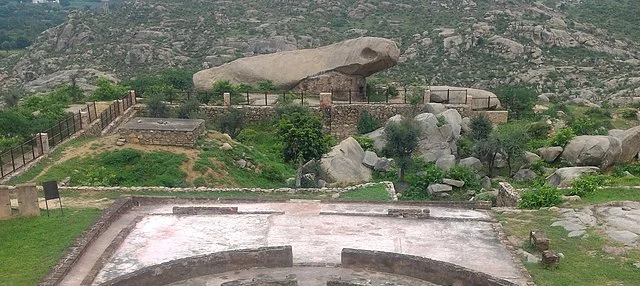
The temple has a simple, circular layout, unlike the later grand stupas. It consists of a stone structure with an open courtyard, where early Buddhists likely performed rituals and prayers. The design is modest, lacking the ornamental features seen in later Buddhist monuments, but it showcases the early phase of Buddhist temple architecture.
Significance of Bairat Temple
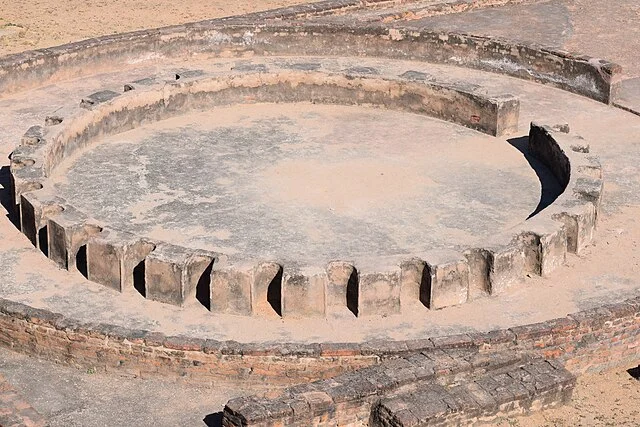
The Bairat Temple is significant because it marks the transition from earlier wooden structures to more durable stone constructions. Additionally, the temple’s simplicity offers insights into the religious practices of early Buddhism, which focused more on devotion and meditation rather than grand displays of architecture.
Archaeological Discoveries
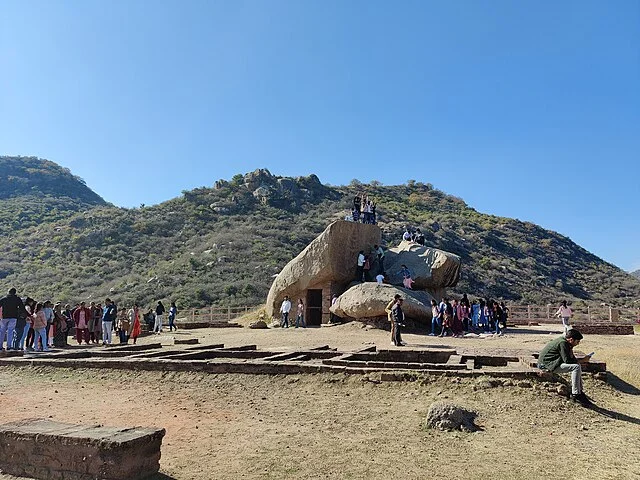
Excavations at the site have revealed several important artifacts, including inscriptions and relics. These finds provide evidence of the temple’s use and its importance in the spread of Buddhism. Notably, one of Ashoka’s edicts, inscribed on a rock, was discovered nearby, further affirming the site’s historical significance.
Conclusion
Bairat Temple is an important archaeological and historical site. It offers valuable insights into the early spread of Buddhism in India and the architectural evolution of Buddhist structures. The temple stands as a testament to the religious and cultural changes that occurred during the Mauryan period.
Source:

